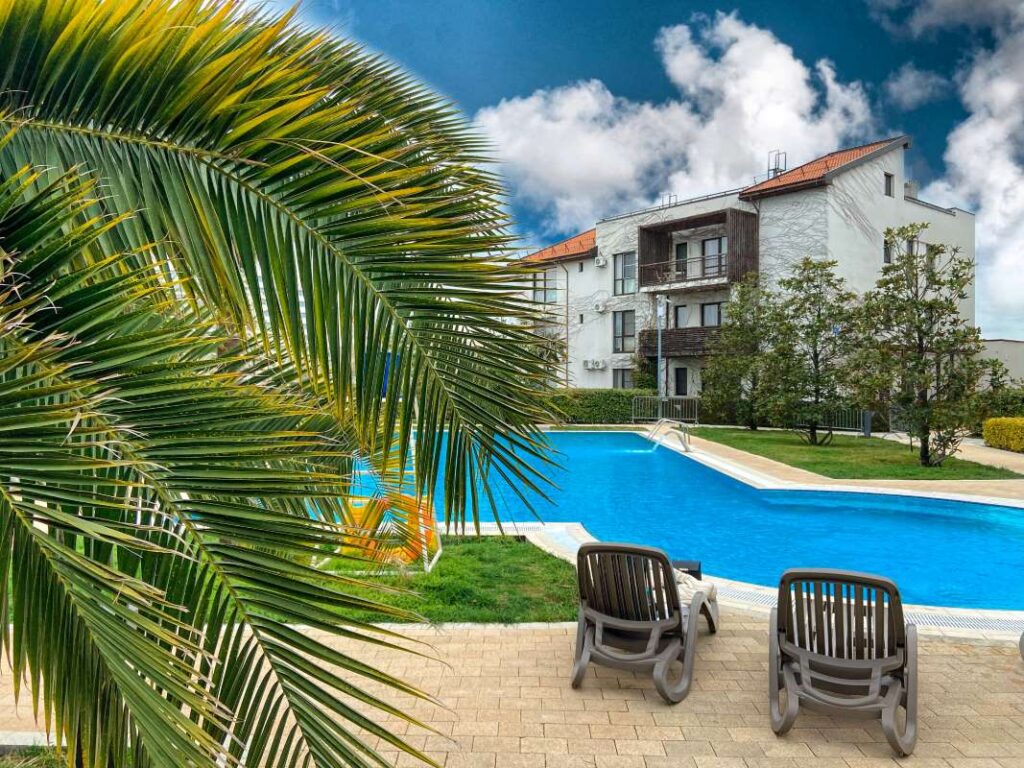When deciding to fire a route in Santa Rosa, California, it is essential to understand the factors that influence this decision, from economic conditions to customer satisfaction.
When to Fire a Route in Santa Rosa, California
Understanding when to fire a route in Santa Rosa, California, is crucial for ensuring the success of your pool service business. This decision can significantly impact your operations, customer relationships, and financial health. In this article, we will explore the critical signs and factors that may indicate it’s time to fire a route. We will cover aspects like customer dissatisfaction, economic viability, and operational efficiency, providing insights and actionable tips for business owners in the pool maintenance industry.
In the competitive landscape of pool service businesses, maintaining a profitable operation is paramount. As an owner, you may encounter situations where continuing a route becomes impractical or counterproductive. Knowing when to make this tough decision can save resources and enable you to focus on more lucrative opportunities. This blog post will guide you through evaluating your routes and identifying when to fire them.
Firing a route means discontinuing service for a specific area or customer base. While this move can be challenging, it is often necessary to maintain the overall health of your business. From dwindling profits to customer complaints, various indicators can signal that a route is no longer viable. We will delve into these indicators and provide guidance on best practices for making this decision.
Understanding Customer Satisfaction and Its Impact
One of the most significant factors to consider when deciding to fire a route is customer satisfaction. If you consistently receive complaints from clients regarding service quality or reliability, it may be time to reassess that route. Customer feedback can provide valuable insights into the performance of your services.
For instance, if multiple customers express dissatisfaction with the frequency of service or the quality of work, it could indicate deeper systemic issues affecting your operations. A route with high turnover or cancellations may not be worth the investment of time and resources. Ignoring these signs can lead to a tarnished reputation and loss of future business.
Additionally, consider the economic viability of the route. Are the revenues generated by this route enough to justify the resources invested? If not, it might be time to evaluate whether to continue servicing that area. Analyzing customer retention rates alongside revenue can help pinpoint whether a route is indeed profitable or if it’s time to cut losses.
Economic Viability: Assessing Profitability
Economic viability is another critical consideration when deciding to fire a route. Analyze the cost of servicing the route versus the revenue generated. Are operational costs exceeding income? If a route is not bringing in sufficient funds to cover expenses, it may be time to let it go. This analysis should include direct costs like labor, fuel, and equipment maintenance, alongside indirect costs such as marketing and administration.
Reviewing your financials regularly will help you identify underperforming routes early on. If a specific area consistently produces low profits, it’s essential to evaluate the reasons behind this trend. Is it due to a lack of demand, high competition, or perhaps logistical challenges? Understanding these factors will allow you to make an informed decision about whether to fire the route or implement changes to improve its performance.
Moreover, market trends can also affect the economic viability of a route. For example, if Santa Rosa experiences a decline in new pool installations or maintenance needs, this could impact the profitability of your existing routes. Staying informed about market conditions will help you adapt your strategy and determine when to fire a route effectively.
Operational Efficiency: Streamlining Your Business
Operational efficiency plays a significant role in the decision to fire a route. If a route requires excessive resources or time to manage, it might be more beneficial to eliminate it. Look for signs such as frequent scheduling conflicts, high employee turnover, or consistent delays in service delivery. These issues not only affect profitability but can also erode customer trust.
In Santa Rosa, with its diverse neighborhoods and geographical challenges, routes that are logistically complex can lead to inefficiencies. If a route requires a disproportionate amount of travel time or frequently overlaps with other service areas, it may be wise to reassess its viability. Simplifying your operations can lead to increased efficiency and allow you to focus on high-demand areas.
It’s essential to maintain a balance between the number of routes and the quality of service provided. If a particular area consistently requires more attention than it generates in revenue, consider redirecting your resources to more lucrative routes. This strategic approach will not only help streamline your operations but ultimately improve customer satisfaction.
Evaluating Customer Retention and Turnover Rates
Customer retention is a critical metric in assessing the health of your pool service routes. High turnover rates can indicate underlying issues within your service delivery. If you notice frequent cancellations or clients switching to competitors, it’s an essential signal to evaluate the route in question.
In Santa Rosa, where customer loyalty can significantly impact business stability, understanding the reasons behind turnover is vital. Conducting surveys or feedback sessions with clients can provide insights into their experiences and expectations. Addressing these concerns could salvage a struggling route, but if issues persist, it may be time to consider firing the route altogether.
Moreover, investing in customer relationship management tools can aid in tracking retention rates and understanding client demographics. Knowing who your loyal customers are and why they choose your services can help inform your strategy moving forward. If you find that a route does not resonate with your target market, it might be time to refocus your efforts on more profitable areas.
Best Practices for Firing a Route
When you have made the decision to fire a route, it’s essential to approach the process professionally and respectfully. Notify your customers in advance of any changes to their service and provide ample time for them to seek alternatives. Communication is key during this transition period; ensuring that clients feel valued can maintain goodwill, even as you discontinue service.
It’s also advisable to analyze the reasons for a route’s failure to identify lessons learned. This reflective practice will allow you to implement changes that enhance the performance of your remaining routes. Consider documenting the factors that led to the decision to fire a route, as this insight can inform your future business strategies.
Additionally, ensure that any affected employees are informed about the changes and how they will impact their roles. Transitioning staff can be sensitive, and clear communication will help mitigate any concerns they may have regarding job security or changes in responsibilities.
Continuously Monitor and Adapt
Firing a route should not be viewed as a one-time decision but rather as part of an ongoing process of monitoring and adapting your business model. Regular evaluations of your routes, customer satisfaction levels, and economic viability will enable you to remain agile in a competitive market. As market conditions change, so should your strategies.
In Santa Rosa, staying attuned to local trends and customer preferences will keep your business competitive. This adaptability not only helps in making informed decisions about your current routes but also positions you better for future expansions or adjustments in your service offerings.
Consider leveraging tools and resources from industry experts to assist in your evaluations. Engaging with a business broker who specializes in pool routes can provide valuable insights and facilitate smoother transitions when necessary. This expertise can be crucial for making sound decisions regarding route profitability and customer retention.
Conclusion
Deciding when to fire a route in Santa Rosa, California, is a crucial aspect of maintaining a successful pool service business. By understanding the signs of customer dissatisfaction, evaluating economic viability, and streamlining operations, you can make informed decisions that enhance your overall business performance.
Remember, the goal is not just to cut losses but to refocus your energies on routes that provide value and stability. Continuous monitoring and adaptation will ensure that your business remains competitive in an ever-changing landscape. If you’re considering making changes to your pool service routes or exploring potential new opportunities, contact us today to explore [Pool Routes for Sale](https://pool-routes-for-sale.com/) and start your journey towards greater business success.



